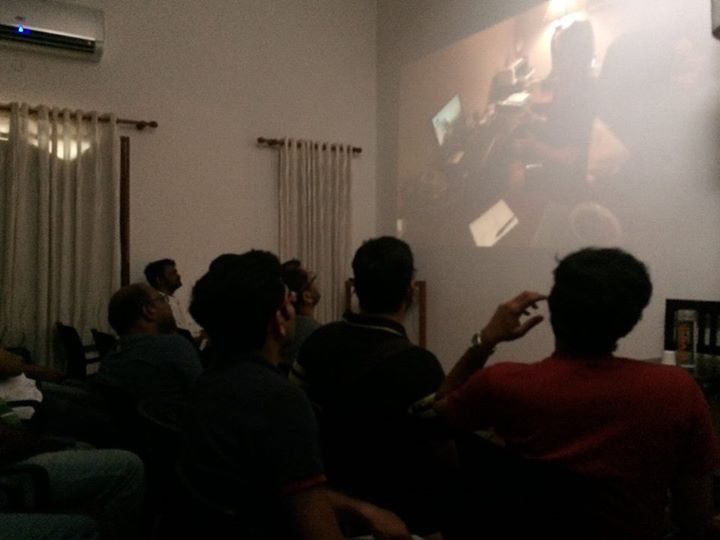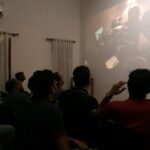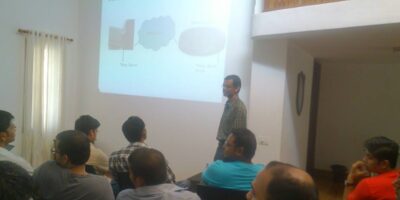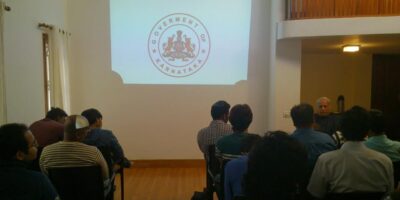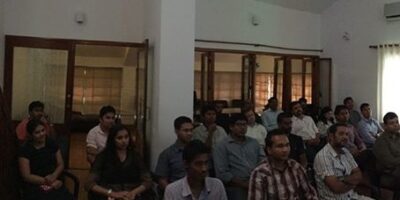Amit Patil, Senior Designer, Honeywell Aerospace. He has worked on UI/UX of Cabin Management Systems, Cockpit Traffic displays and Wearables. Some of his past roles have included, User Experience Professional/ Information Architect, IBM and Interface Designer/Software Tester, MAQ Software. Amit has also been an entrepreneur. He has a post graduate degree in Design, Software & User Interface Design from the National Institute of Design and a Bachelor of Engineering, Computers from the University of Mumbai.
This talk is set to address UI/UX for Wearables, Wearable technology and Industrial Design.
Amit Patil’s session – “Designing For Wearables” – highlighted several relevant points that require to be considered. Here are the Lounge47 key take aways:
1. Wearables (body-borne computers) come in different form factors – glasses, wristbands, earphones, jackets, rings, contact lenses, thumb nail (nailO) and nanosensors housed inside the human body. They serve a variety of purposes – fitness , fashion, data-driven healthcare etc. Pick a suitable form factor and purpose
2. Market/Trends: a. Worldwide market forecast – 45.7m units shipped (2015) to 126.1m (2019) b. Higher growth for Smart wearables (run third party Apps), as compared to basic wearables c. Fitness bands, leading the market today, are dropping prices. Market moving towards “higher-priced devices with greater functionality” d. Categories: Wrist-worn wearables (80% of shipped products). Modular wearables (worn on body via clip/strap). Clothing is third, and set to grow fastest. Eyewear and Earwear, smaller e. Wearables moving from niche to mainstream, more so with entry of Apple watch. Note, wearables compete with Smartphones and Internet of Things (IoT) devices
3. Design for the human: a. technology is only an enabler. Don’t mess with primal instincts, it could be a deal breaker b. know who you are designing for. define the user persona c. understand detail in the life of the user and attack a “slice of life” for wearable to wedge in d. note, different parts of the body have different sensitivities requiring appropriate design e. privacy and social impact on a user’s life is an important consideration. Would the
device be socially acceptable ? f. ensure a delightful experience and value that keeps the user hooked g.consider the ethics within the life context of the user
4. Design for context: a. it would need to work seamlessly with Smartphones, tablets etc. b. be ruthless about features included c. design for “glanceability”
to ensure minimal intrusion d. chunk infomation into timely, headlines. Make data relevant f. the “now” context is all important
5. Understand Limitations: a. what the platform is capable of b. battery power c. size of real estate and pixels
6. Aesthetics: a. understand “affordance” (limits of what objects can naturally do) b. size of real estate. A thumb rule could be that 60% of PC could be replicated on a Smartphone and 20% on a smart watch c. seek out new ways to interact. “best interface may be no interface” d. think through the interaction paradigm – taps, gestures, voice control, physical buttons and dials, vibration, light up – aim for subtlety d. distance from the eye is an important consideration
7. Testing: a. test the prototype with real users b. use paper prototypes with test subjects and note down detailed observations c. simulate anger, happiness, fear conditions. Test d. find potential irritants and weed them out
8. Demonstrate the benefits of wearables: a. hands free advantage b. real time, relevant and timely info c. monitoring (e.g. body) d. remote access/telematics amongst others. In summary, design is one part. Ensuring that customers continue to use their devices way after purchase is the bigger challenge. Good design and practicality are key.


